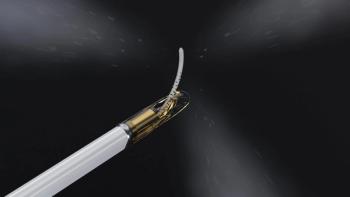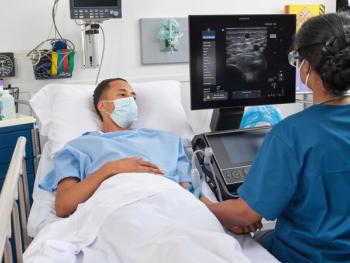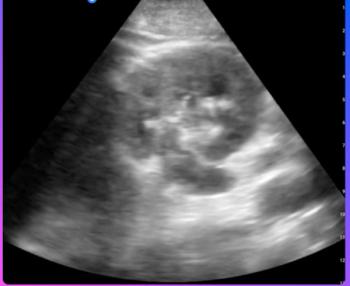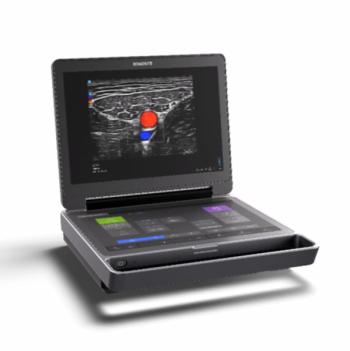
Researchers Identify Sonographic Characteristics for Thyroid Malignancies in Children
Likelihood of malignancy did not differ between boys and girls.
Sonographic characteristics associated with malignant thyroid nodules in children included solitary nodules, larger nodule size, and solid parenchyma, taller-than-wide shape, among others, according to a study published in the journal
Researchers from Brigham and Women’s Hospital and Boston Children’s Hospital in Massachusetts sought to determine the relationship between demographic and sonographic characteristics of thyroid nodules and malignancy in a pediatric population. The researchers obtained data from 314 patients, mean age 14.9 years, who underwent US-guided fine-needle aspiration biopsy for a total of 404 nodules. Eighty-two percent of the patients were female.
The results showed that 77 nodules (19.1 percent) were malignant, and 68 (88.3 percent) of these were papillary thyroid carcinoma. Sonographic characteristics associated with malignant nodules included:
• Larger size
• Solid parenchyma
• Taller-than-wide shape
• Presence of speckled calcifications
• Lack of a smooth margin
• Presence of abnormal lymph nodes
The researchers did not find that the likelihood of malignancy differed between boys and girls (27.8 percent versus 22.7 percent.) There was also no difference in likelihood between prepubertal and pubertal patients (18.8 percent versus 19.1 percent, respectively). The cancer rate in patients with a solitary nodule was higher than that in patients with multiple nodules (29.4 percent versus 14.2 percent, respectively).
Interobserver variability for assessment of sonographic characteristics ranged from moderate to very strong.
Newsletter
Stay at the forefront of radiology with the Diagnostic Imaging newsletter, delivering the latest news, clinical insights, and imaging advancements for today’s radiologists.




























